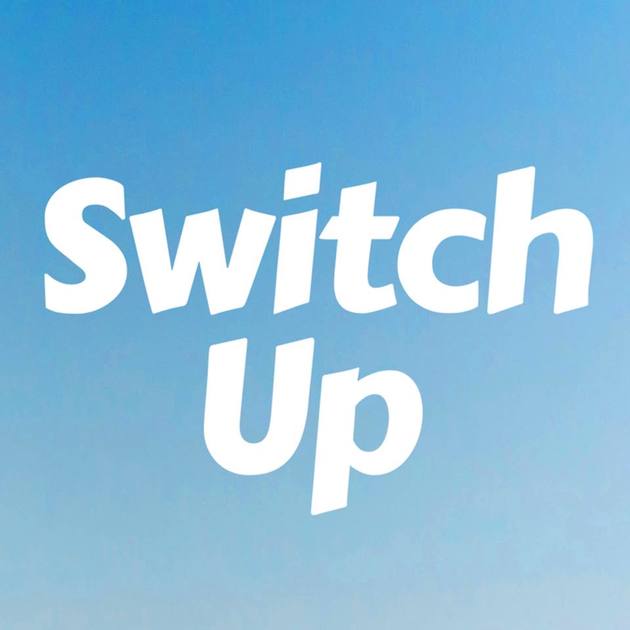


To me, as a seaglass collector, that means that the potential to find purple seaglass is high. I met a man once who found a sun-dyed purple Pepsi glass bottle that was manufactured in Edenton. Photo by Kristin HissongĪ bonus of living on the coast of North Carolina is that the birthplace of Pepsi-Cola, (New Bern, N.C.), isn’t too far from Hatteras, and there were several bottling plants on this side of the state. By using the two complete bottles, (mainly the aqua one), I have been able to identify other pieces of seaglass in my collection that are from coke bottles. Only one of my aqua “Coke” seaglass pieces has “Coca” on it, but most have no markings at all. Coke bottles have a very distinctive shape, one that is easily recognizable even without labeling. If no labels or markings exist on a piece of seaglass, then it’s virtually impossible to identify where it came from. Neither one of these bottles are “done” as far as seaglass collecting goes, but are useful in helping me identify shards of seaglass that could be pieces from Coca-Cola bottles. The best part about this bottle is the bottom is stamped “Sandford NC” which identifies where it was manufactured. At first, the sand inside the bottle was like concrete, but over time all the moisture evaporated from the inside, and the sand loosened up. I do have one aqua coke bottle which was buried in the sand on the sound side. vintage coke bottles are made from, but the base of it is one of the thickest I’ve ever seen and the painted label is so unique. This bottle is clear glass and not the brilliant seafoam green color the U.S. It’s hard for me to determine how old it is, but based on everything I know and from all the glass bottles and plastic trash I’ve collected off the beach, I think it’s safe to say this bottle was made in the 1980s. This bottle has its original aluminum screw cap and painted label still on it and the label is in Portuguese. One of my favorite finds is a completely intact Coca-Cola bottle that I discovered on the side of a tall sand dune. Vintage Coke seaglass pieces are so fun to find for a variety of reasons.Ĭoca-Cola was a popular soda back then worldwide, (and still is today), thus making it possible for any bottle, manufactured from anywhere, to show up on some random beach. The contrast of the seafoam-green color of vintage coke bottles against the varying colors of the sand makes it pop, thus making it a little easier to spy when out searching for seaglass, compared to the most common clear or white seaglass pieces, which tend to blend into the surroundings. One of my favorite colors to spot laying in the sand is the soft aqua green that comes from old Coca-Cola bottles. Not knowing what lies ahead is one of the lures that gets me up and out there searching, especially when looking for seaglass, because the colors of seaglass are endless and I love the whole spectrum. I do live on an island, so that makes the spots limited, but I like to switch up locations because I know the ocean is forever and constantly changing so nothing remains the same, especially on the shores of Hatteras Island.

So many people ask me where to go in hopes that I know a secret location where they can easily find treasures, but the fact is that I have no way of ever knowing what treasures are waiting to be found. One of the most exciting aspects of beachcombing is never knowing what you can find on the sandy shores of the beach.


 0 kommentar(er)
0 kommentar(er)
